https://youtu.be/AT-dhzPAj7Y?si=vxfNj-4NZ9tUM0Og
CTO's Perspective _ Unlocking the potential of generative AI ✨
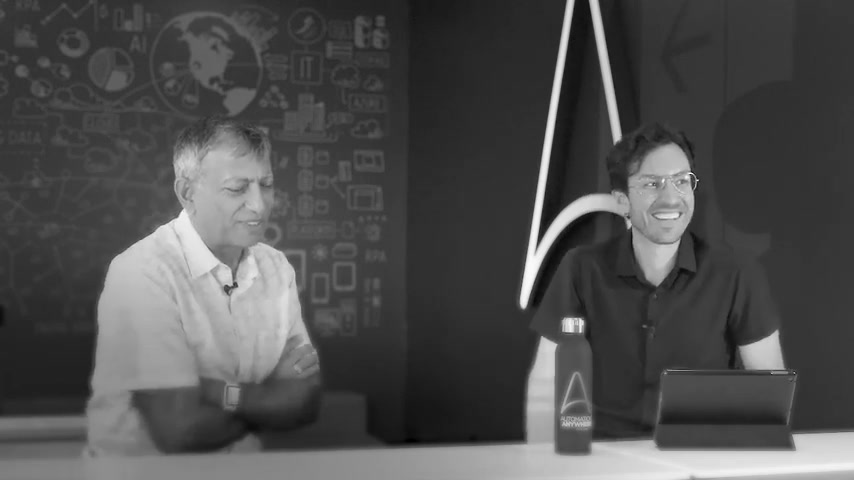
We've had a lot of really exciting announcements here at automation anywhere over the last couple of weeks .
And I'm super excited to have the time to be able to sit down with our Chief Technology Officer , Prince Coley .
Thanks Mike .
I very happy to be here .
So the first thing I want to ask is of all of the stuff that we've announced recently .
What are the most exciting things that you're looking at launching and how do you see them improving our customer experiences ?
Awesome .
I love that .
That's the first question .
So there is uh you know , we are the way we are approaching generative A I um everything about our product and our customer and how they interact with this will change .
But I will talk about 22 particular ones which I think will have the most impact .
Uh One is um the most common .
There are two most common set of people who interact with our platform .
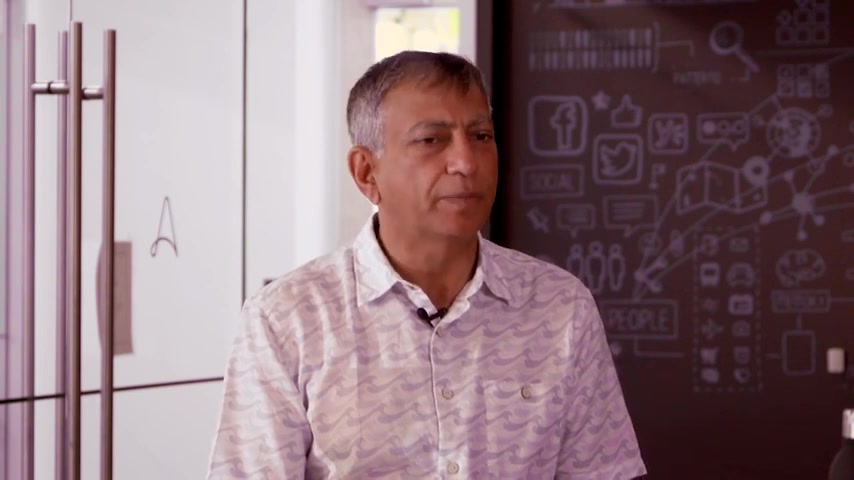
They are what we call the bot creators autom and then the people who are the users of the bots , the automates their life will change because instead of having to really either follow a user and tell the user to do what it is that they do or to in some ways program a bot , they can simply tell the platform , they can say make me a bot that takes data from this email that gets this stuff out , sends it to this particular , you know , in or or sales force and then takes this data from there and then create this dashboard or create this email or create something else and then share it with these people .
It is conversational , it is uh it is makes it very , very accessible .
Um And finally , it also allows you to talk to it in a language that you are most familiar with .
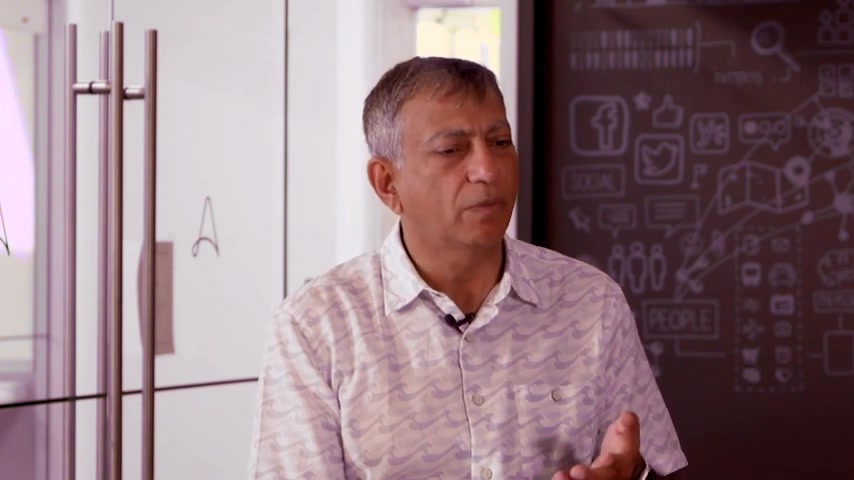
The second piece is uh uh a lot of the data in enterprise is still based on documents , whether it is email attachments , whether it be , you know , just emails that people send , whether it be something you download some web page , whatever it may be .
And while we have been able to handle structured semi structure documents for many , many years , the biggest change with NA I is our ability to interact with unstructured documents will suddenly go through the roof .
And now you can simply say that in this particular contract which may be completely unstructured , just find me these things and do this with them .
You can do analysis of that , you can do action on that , you can write new documents for that .
You can summarize using the right terms , very quickly .
Yeah , I like that .
And I think straight through processing rates will also increase , right ?
Even even for document types that we've had success with previously a structured or a semi structured document .
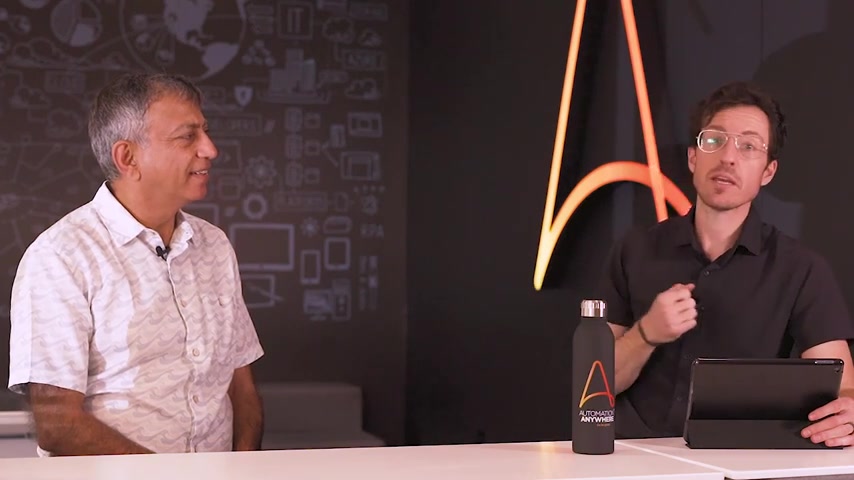
If we missed a particular field in the way that we've been extracting data previously , we can now use generative A I capabilities .
It's almost like a backstop say like , hey , I missed this field .
Give me this one .
What about automation ?
Anywheres architecture makes these kind of rapid innovations that we're talking about really possible .
So many years ago , we took a step where we went completely cloud native micro services based and container based .
Now the reason we did that obviously was to make it a much more modern stack , be able to go to any cloud , be able to auto scale , be able to have high resilience , right ?
And all those good things .
Um One of the advantages of that of course , is given the molar of the of the platform we are now able to add .
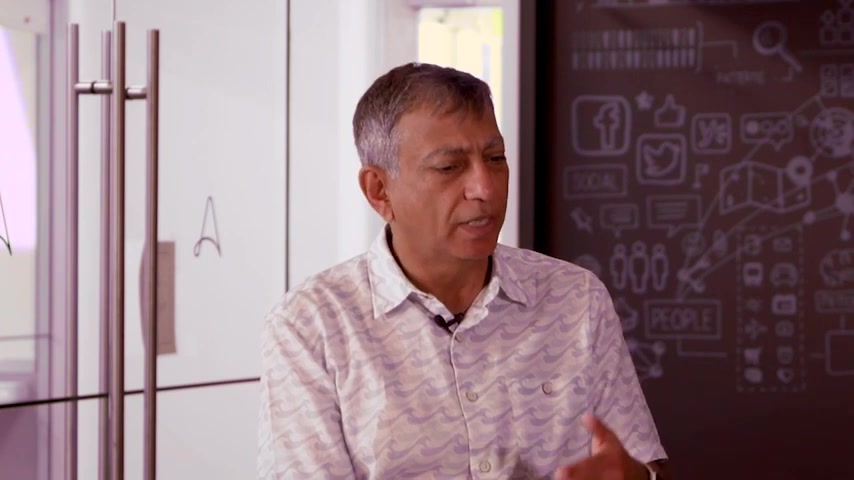
And now for the last few years , we have been able to add new functionality um like a package with the package very , very quickly and we can do that in so quickly that you don't have to wait for a release , we can just release it whenever we are ready , we push it out , customers can download it and use it whatever kind it may be .
So if you take it , look at open a I , when they release , uh we were the first people to write a package to , to integrate it um natively and our community was the first one to start using it , you know , for their own use cases that they had in mind .
And I think that that modularity also speaks to resiliency of your automation , which is interesting , right ?
Like something can be fast but is it also resilient ?
In this case ?
It is right ?
Because not only are you able to push out those new package versions , but if you created a bot six months ago , it's gonna be based on the same package version that you built it on .
And so when it deploys , it's gonna be indifferent , right ?
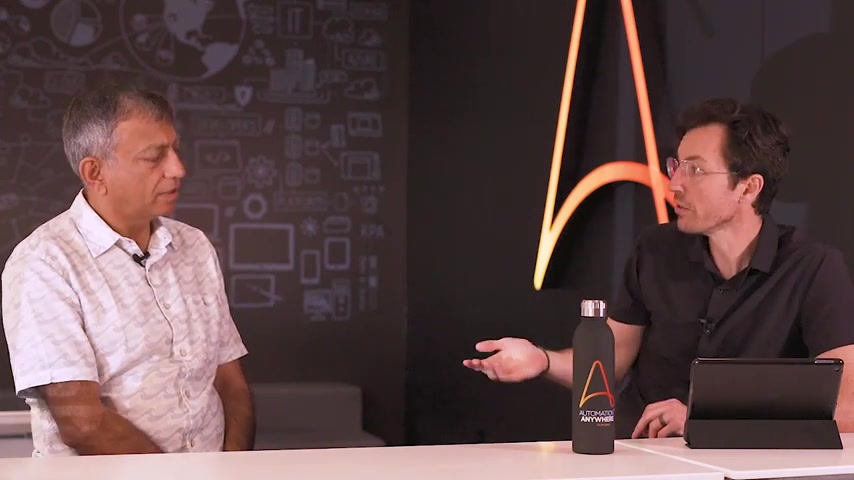
So I I really like that concept and I think the architecture lends itself well to stability .
I know customer trust is a huge thing for you .
Stability , but also innovation at the same time and governance because the enterprise governance is so important , right ?
They should be able to say , what am I using ?
When am I using it ?
And when do I move to the next version of it and you can control all of that ?
So modality really allows you to do all of that as opposed to getting a large monolithic software which you use it as is and if it fails , everything fails .
I'm curious kind of shifting focus here as a CTO .
How do you use generative A I to make your own job , easier , enhanced Prince 2.0 you know , um Every joke I do I tell , I ask GP to regenerate it first .
So usually , you know , that's the case .
But most seriously , um I've been playing around with it now almost since the first day .
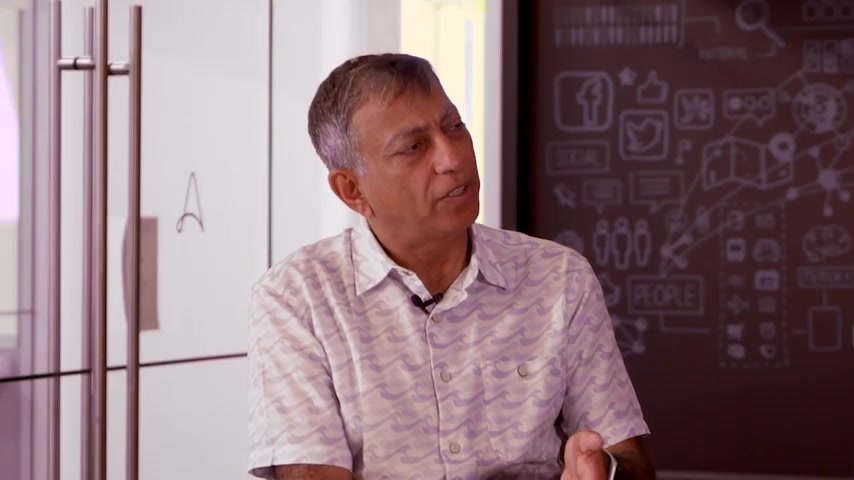
Um And obviously it has gotten better , a lot better since then , but most of the time I spent today with it is trying to get it to use like a customer word , right ?
What can it do and what new emerging capabilities it it may have that allows someone to interact with it in a way that is different , unusual but in a useful way .
And we , you know , we we get , we see new things all the time , especially for example , for the unstructured documentation part , we were able to really just by playing with it , we were able to extract information from documents that customers find very useful .
And that is how can the gene that was the genesis of how to integrate it with our platform to extract the data as well ?
Yeah , switching gears a little bit , you know , on Twitter , on TLDR , things like that .
You see that every week there are new generative A I capabilities tools platforms .
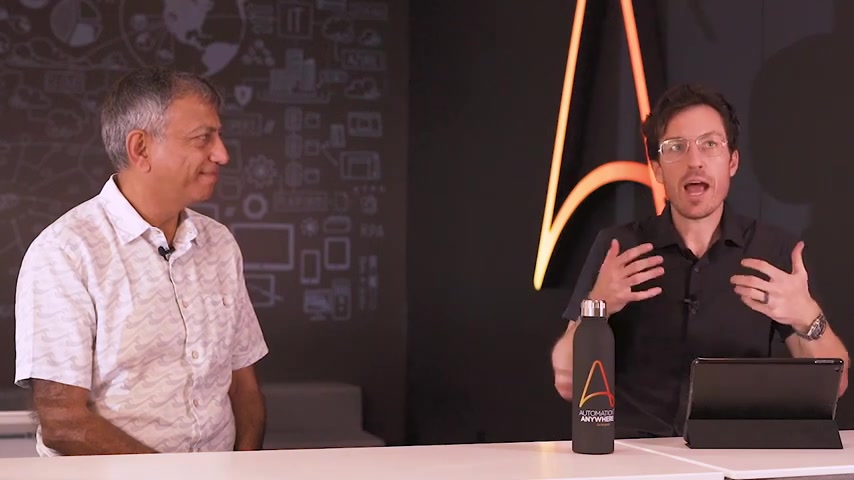
There are new libraries available for Java and for Python , there are new um javascript frameworks .
How do you make a determination as a CTO of like , hey , if it was me , I want to build on everything Right .
Like , oh , that looks cool .
Let's integrate it .
But then , like , that product dies three weeks later and we're in trouble .
So , how do you make those determinations to say this is where we're gonna place our bets ?
Yeah .
And you know , it's a great question because that's something that I think every R and D team , uh , especially software , R and D team faces pretty much every day .
Uh , and there are new things , wonderful , new things that come out .
Uh But like any of the investment , one makes one looks at a new set of libraries or a new way of doing things and says first , is this long term Bible or is it just fun and games , fun and games is fine .
But if you really want to kind of be your company injuring foods on a new stack , um you have to look at is this a long term advantage to you and your customers ?
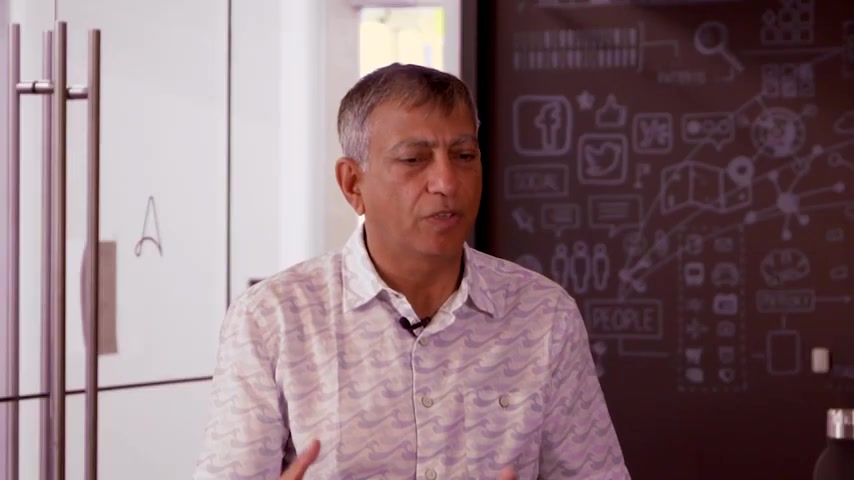
The advantage can be in ease of programming , lower bug rate could be ease of trouble shooting , right ?
You know , there are wonderful languages out there that stop you from shooting yourself in the foot via memory via memory leak .
For example , you know , you should use them .
Um and then um so long term viability , ease of use , ease of migration , you know , you have a millions of lines of code .
Um What should you be doing ?
Should you be taking those and then moving forward ?
Should you be writing new modules in that a new framework .
And if you're going to do that , how do the frameworks interact ?
And then does that change the size of your binaries size of your packages ?
You have to look at all those things in general .
Our engineering force wants to use new , new things very , very quickly uh which are encouraged because it lets you learn things as well .
Um And then , you know , you , we have an architect forum where we talk about some of these new things and over there , we choose what makes sense to invest further in and then , you know , you go slow and study .
Yeah , that's really interesting .
And there's a lot of considerations .
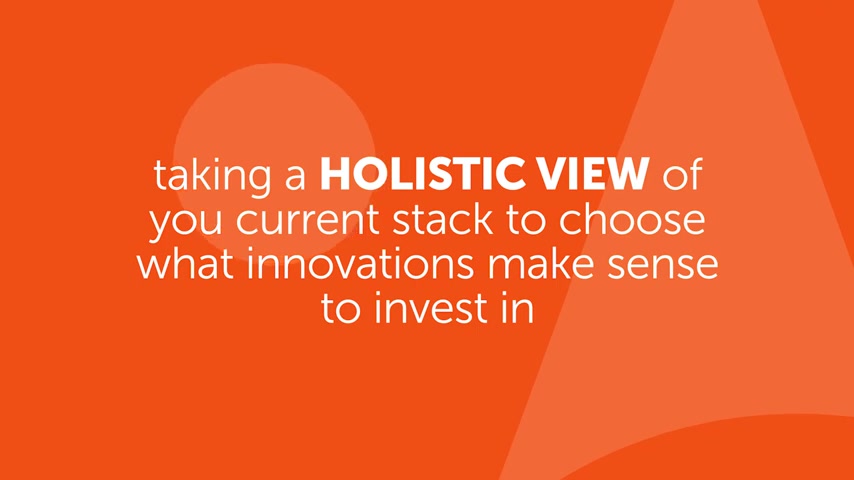
I mean , obviously the newest and shiny thing is always really fun to try out , but there's also considerations for what does this cost me to execute ?
Right .
So when I'm a fully cloud native platform , I have to worry about CPU cycles and , and what is this gonna mean for how large my deployments are and things like that ?
So those are all really interesting and you're right .
I mean , as you said , it's , it's a a lot of dimensions to that problem .
Uh But that's true for engineering , I think , you know , you , you tend you like heart problem and you look at it from all sides and say , OK , that makes sense .
Yeah .
Yeah , I wanna look forward now .
It's 2030 .
What impact has automation anywhere made on the world and specifically on workers lives and uh the future of work .
You know , I , I want people when they go into the office to be happy about going to the office .
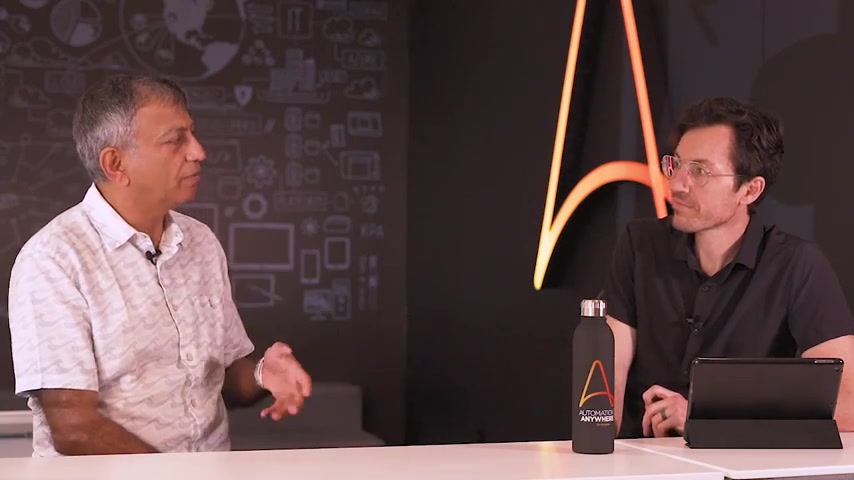
I think one of the biggest complaints about enterprise work has been , it is repetitive , it is a mechanical , it is robotic and it , and they mean robotic and kind of , you know , it sucks humanity out as opposed to it being fun .
I think if we by 2030 my , my fervent and my optimistic hope is people would like to go to work because they have , you know , a Sally or a Harry in their pocket who helps them do the work that they need to do , right ?
Who are able to , they're able to go and say , ok , Harry , you can help me with this most of this boring stuff and you will do it with high quality and on time and I can spend time improving things , thinking of new ideas , working with my colleagues with my customers directly because that level of human in intent and empathy , you know , no one has time for right now .
Um So I I very much hope things will change in , in that direction .
Awesome .
Thank you so much for sitting down and having a conversation .
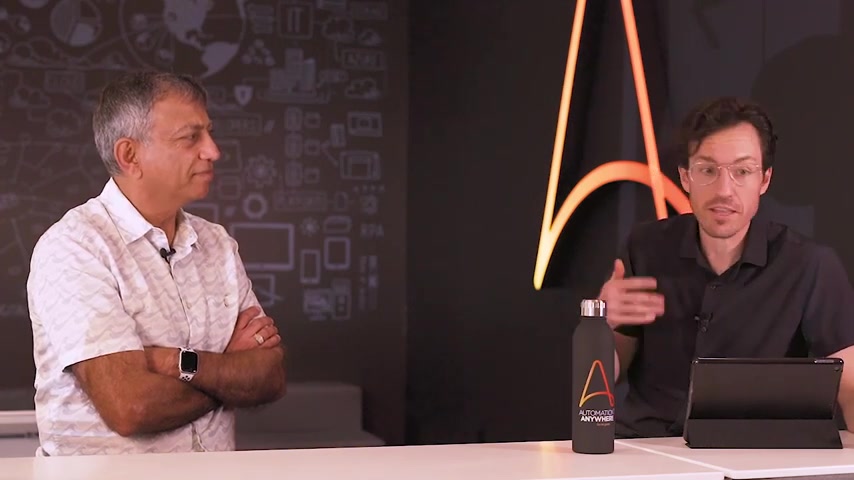
I really enjoy chances like this for us to geek out and talk about our platform and talk about where things are going .
So I really appreciate it .
Thank you ?
Cool .
Thanks everyone for joining us .
Catch us next time .
Are you looking for a way to reach a wider audience and get more views on your videos?
Our innovative video to text transcribing service can help you do just that.
We provide accurate transcriptions of your videos along with visual content that will help you attract new viewers and keep them engaged. Plus, our data analytics and ad campaign tools can help you monetize your content and maximize your revenue.
Let's partner up and take your video content to the next level!
Contact us today to learn more.